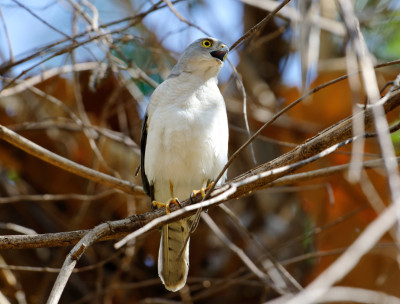The more information we have about a species' biology, behavior, and habitat needs, the better equipped we are to develop a successful conservation plan. Locating and observing Puerto Rican Sharp-shinned Hawks outside of breeding season can be a challenge. By placing transmitters on them, we are able to track them for months after they leave the nest, and gain invaluable information on their ecology.
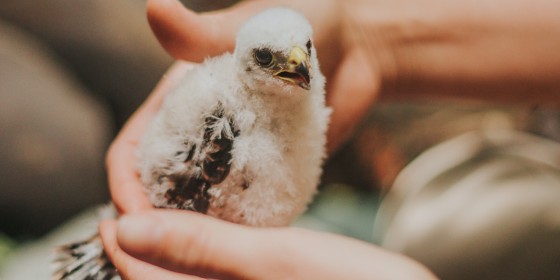
Amanda Hancock
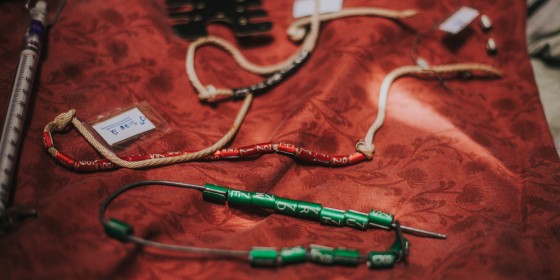
Amanda Hancock
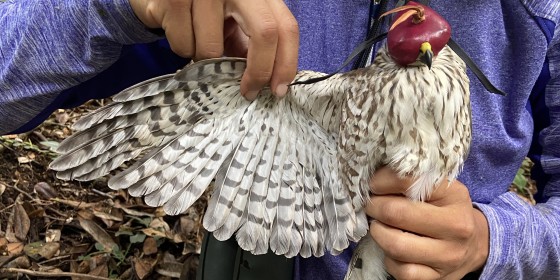
Hana Weaver
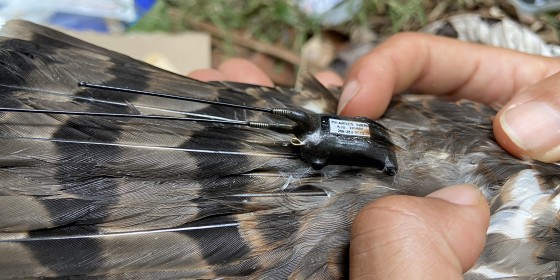
Hana Weaver






